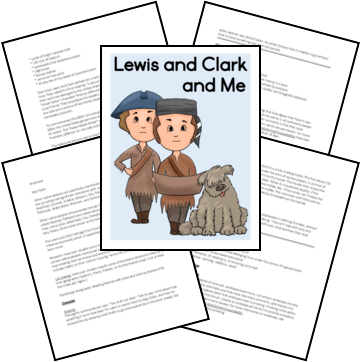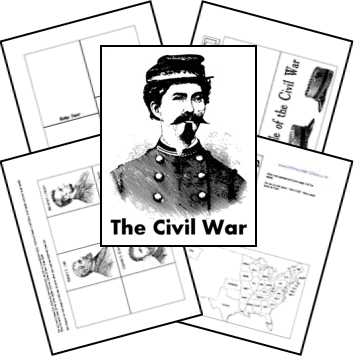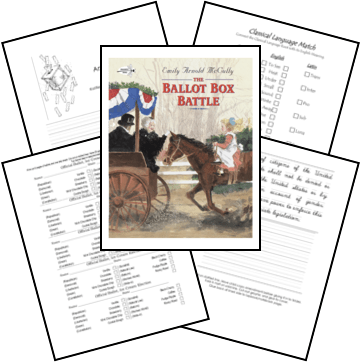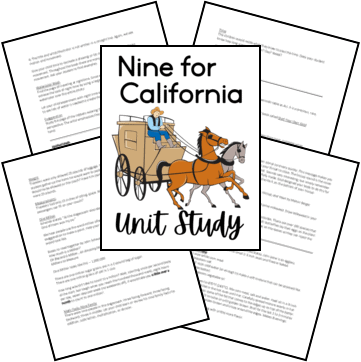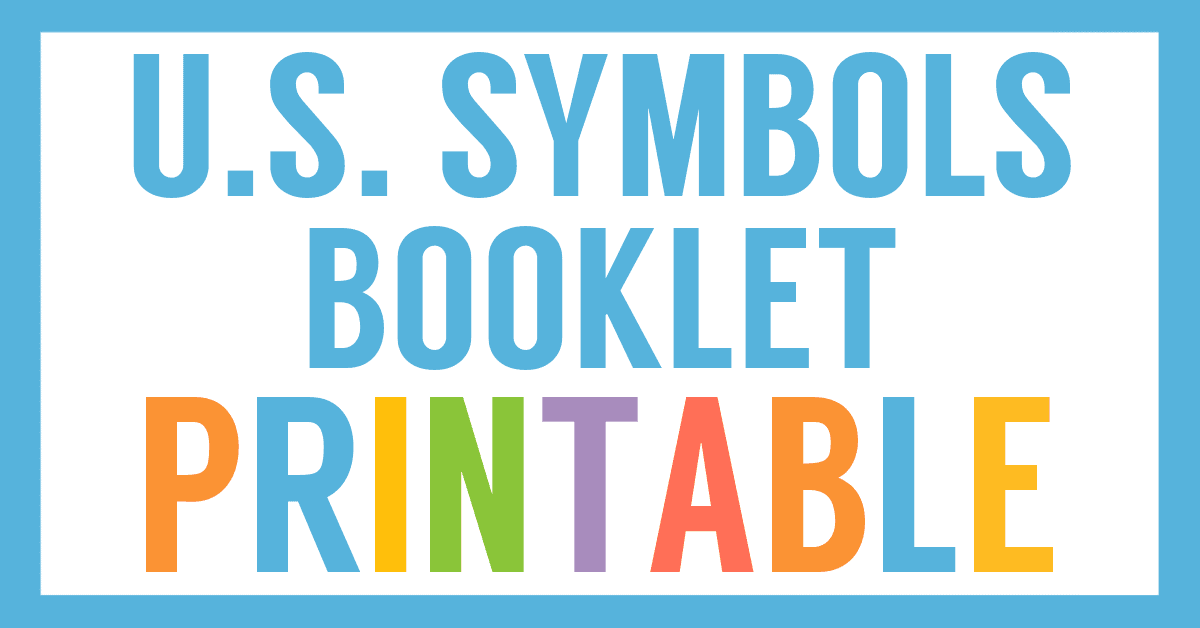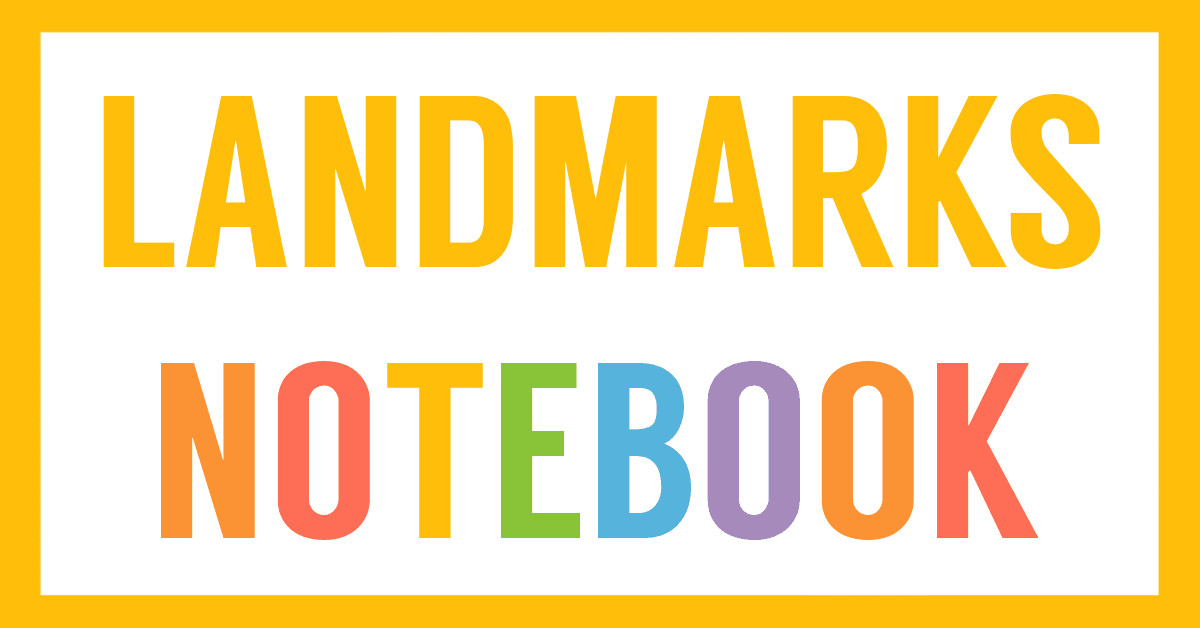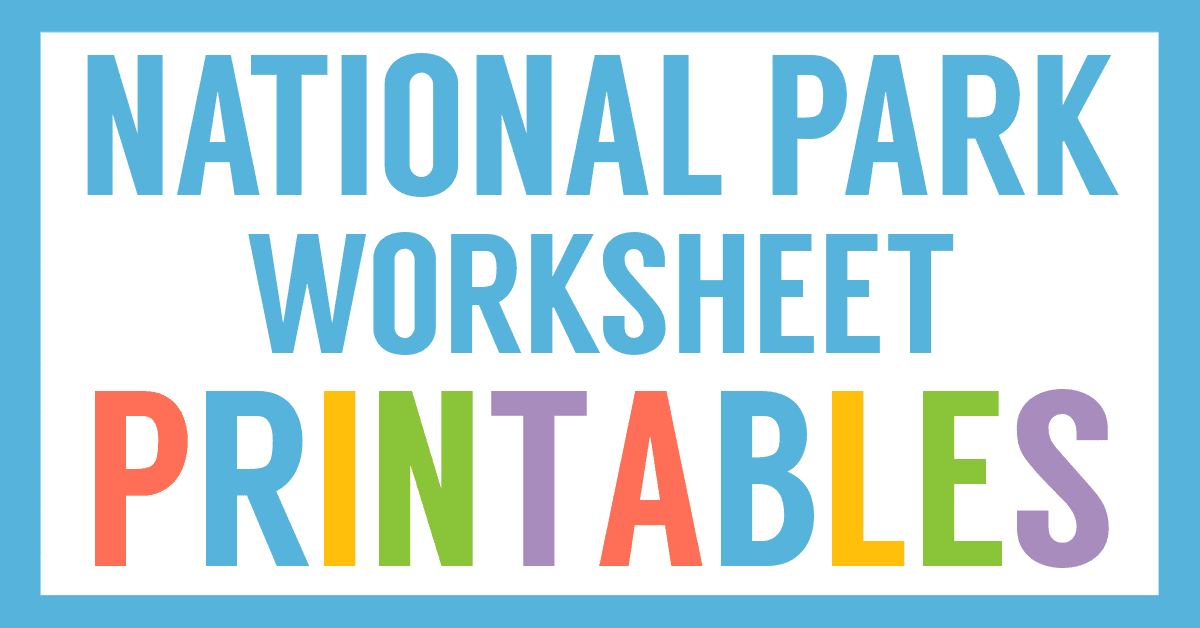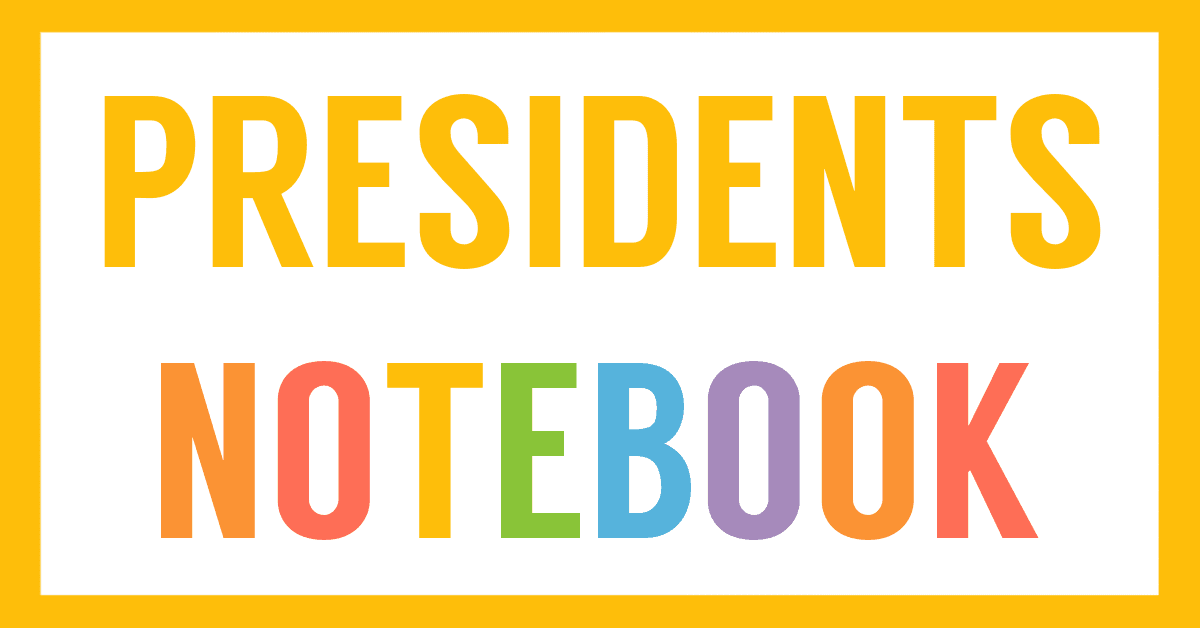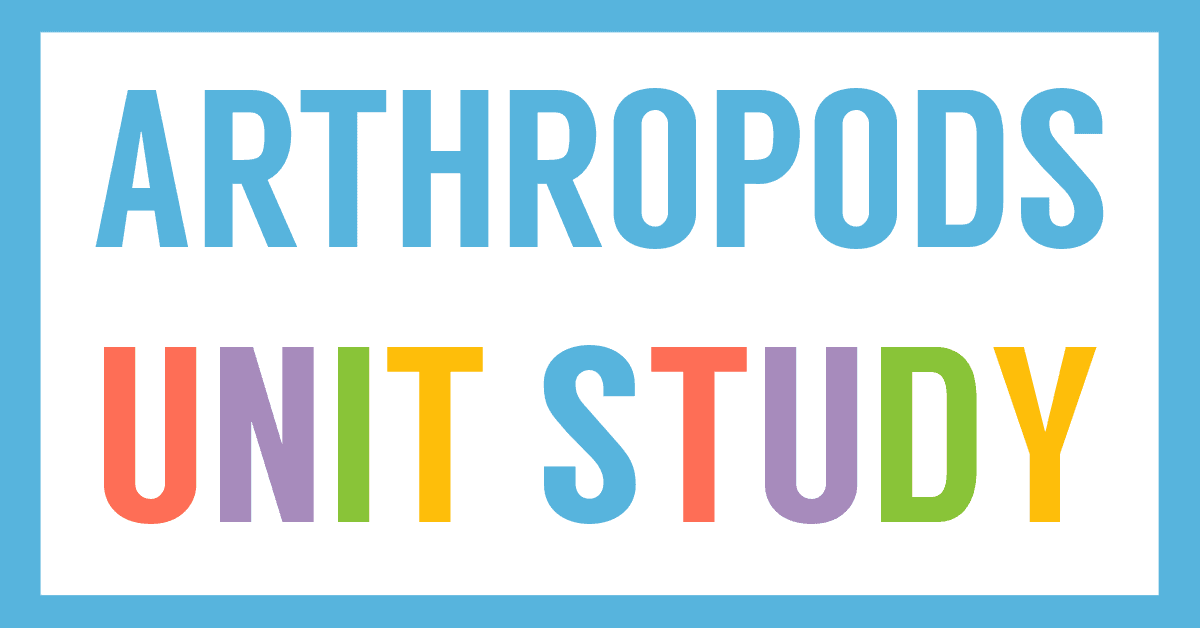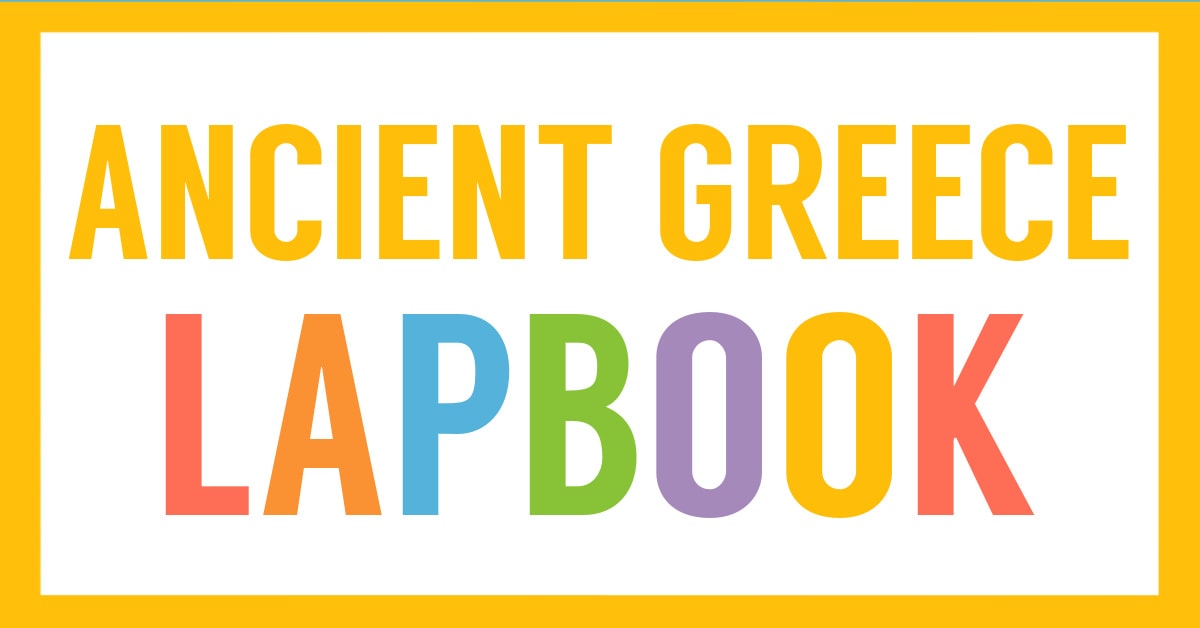Affiliate Disclaimer
We sometimes use affiliate links in our content. This won’t cost you anything, but it helps us to keep the site running. Thanks for your support.
Meriwether Lewis’s dog, Seaman, serves as narrator for a fictionalized account of Lewis and William Clark’s 1803-1806 journey from St. Louis to the Pacific Ocean.
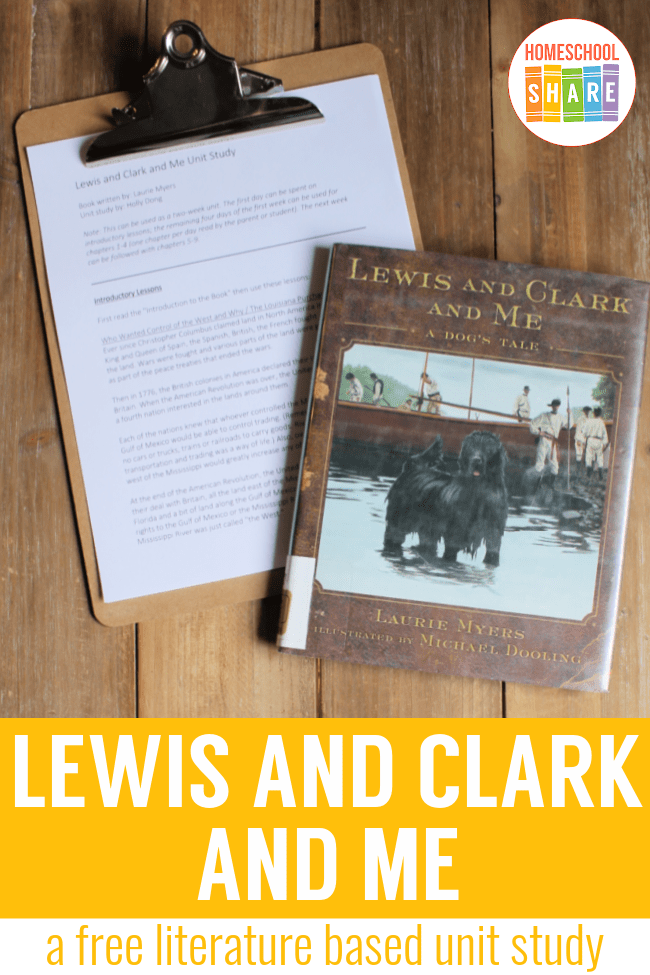
Thanks to Holly Dong for preparing this Lewis and Clark and Me unit study.
Lewis and Clark and Me Unit Study Lessons
Note: This can be used as a two-week unit. The first day can be spent on introductory lessons; the remaining four days of the first week can be used for chapters 1-4 (one chapter per day read by the parent or student). The next week can be followed with chapters 5-9.
This unit study includes lessons and activities based on the book Lewis and Clark and Me by Laurie Myers.
Here is a sample of the lessons found in this Lewis and Clark and Me unit study:
Social Studies: The Louisiana Purchase
Ever since Christopher Columbus claimed land in North America in the name of the King and Queen of Spain, the Spanish, British, the French fought over the rights to the land. Wars were fought and various parts of the land were given back and forth as part of the peace treaties that ended the wars.
Then in 1776, the British colonies in America declared their independence from Britain. When the American Revolution was over, the United States of America was a fourth nation interested in the lands around them.
Each of the nations knew that whoever controlled the Mississippi River and the Gulf of Mexico would be able to control trading. (Remember back then, there were no cars or trucks, trains or railroads to carry goods. Rivers were the main source of transportation and trading was a way of life.) Also, owning the vast amount of land west of the Mississippi would greatly increase any of the nation’s empire.
At the end of the American Revolution, the United States was given, as part of their deal with Britain, all the land east of the Mississippi except modern day Florida and a bit of land along the Gulf of Mexico. The United States did not have rights to the Gulf of Mexico or the Mississippi River. All the land beyond the Mississippi River was just called “the West.”
In 1800, Spain had made a secret bargain with France, returning to France the middle portion of North America, a land called Louisiana (not the current state, but the whole middle section of America was called Louisiana). Shortly after the French emperor Napoleon Bonaparte regained the Louisiana Territory, men in French islands in the Gulf of Mexico revolted and eventually would defeat the French army.
It took time before the United States President Thomas Jefferson learned of the secret treaty. (Remember, there was no Internet or telephones!) He considered France to be a huge threat to the newly formed United States and he was greatly concerned about France owning so much land. He also knew how important it was to control New Orleans, the main sea port on the Gulf. So President Jefferson sent Robert Livingston to France to try to purchase New Orleans, authorizing him to spend up to $2 million for the port city. Napoleon refused, so President Thomas Jefferson sent James Monroe (he would later become a US president) to help secure the deal, authorizing him to spend up to $10 million for the port city! It was during this time that Napoleon’s army was defeated in the islands of the Gulf of Mexico, losing 40,000 men. He had also lost a valuable way to defend the Louisiana Territory. Also at this time, trouble was brewing in Europe, and Napoleon felt France would soon be at war with Britain. Napoleon hoped to expand his empire in Europe as well, so he decided to focus his attention to increasing his empire closer to home and to do that, he needed money.
Just days before James Monroe was to arrive in France, Napoleon offered to sell the United States not only New Orleans, but all of the Louisiana Territory! Surprised, but happy, during the next couple of weeks, Livingston and Monroe negotiated the price and was able to purchase the entire Louisiana Territory (almost 500 million acres of land!) for only $15 million! That sounds like a lot of money (and it is!) but this one purchase doubled the size of America and remember, President Jefferson had authorized up to $10 for just one city!! The United States paid about 3 CENTS per acre of land!
Social Studies: Lewis and Clark
President Jefferson was an amateur scientist, and he was very interested in the newly purchased land and felt other scientists would be too. In 1801, President Jefferson asked Congress for funding for an expedition. He appointed his personal secretary, Meriwether Lewis to head the expedition, which was called the “Corps of Discovery.” Lewis asked his childhood friend, William Clark, to join him in leading it.
The Corps’ primary goal would be to locate the “Northwest Passage.” It was believed that there was a waterway that connected the Atlantic Ocean with the Pacific Ocean. The nation that claimed this water route for trading would likely control all of the land. They would also be able to trade more easily with China and the East Indies.
Another goal of the Corps of Discovery was to establish diplomatic relations with the Native Americans living in the land, to inform them of who owned the land and to befriend and trade with them.
In addition to searching for the Northwest Passage and to establish good relations with the Native Americans, President Jefferson also asked the Corps to keep track of the weather, create maps of the areas and rivers they explored, make lists of Native American words learned, collect specimens and record information about the flora and fauna, make notes about the type of soil, etc.
On May 14, 1804, the Corps of Discovery, with nearly 50 people, set up the Missouri River on a journey to map and explore the American West. Half of the men made the entire trip to the Pacific and back and the other half returned at various points, bringing back samples to the president. The Corps was also joined by a tracker and his wife, Sacajawea, who has become famous for the important role she played in the journey, guiding and translating for the Corps. Only one man, Sergeant Charles Floyd died during the journey. The journey took nearly three years and covered 8,000 miles.
The Corps kept several journals of the expedition. They successfully documented much of the American West which had not been systematically mapped before. Their observations, maps, and documentation were invaluable.
You can grab a copy of the entire Lewis and Clark and Me unit study in an easy-to-print file at the end of this post.
How to Get Started with the Lewis and Clark and Me Unit Study
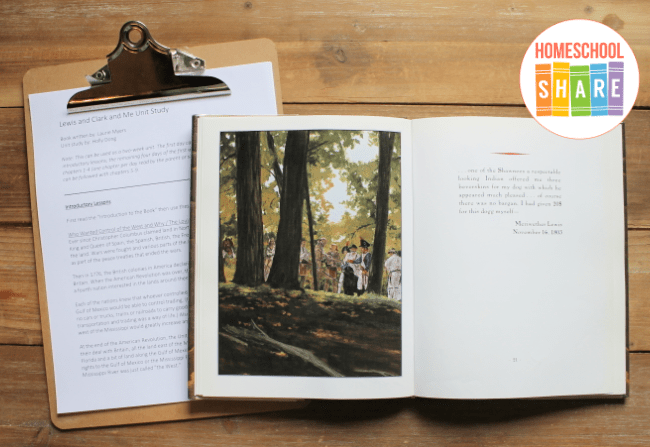
Follow these simple instructions to get started with the Lewis and Clark and Me unit study:
- Buy a copy of the book, Lewis and Clark and Me, or borrow one from your local library.
- Print the Lewis and Clark and Me unit study.
- Choose the lessons you want to use with your student (a highlighter works great for this).
- Enjoy a week of book-based history learning with your student.
Download Your Free Lewis and Clark and Me Unit Study
Simply click on the image below to grab the free Lewis and Clark and Me unit study.

